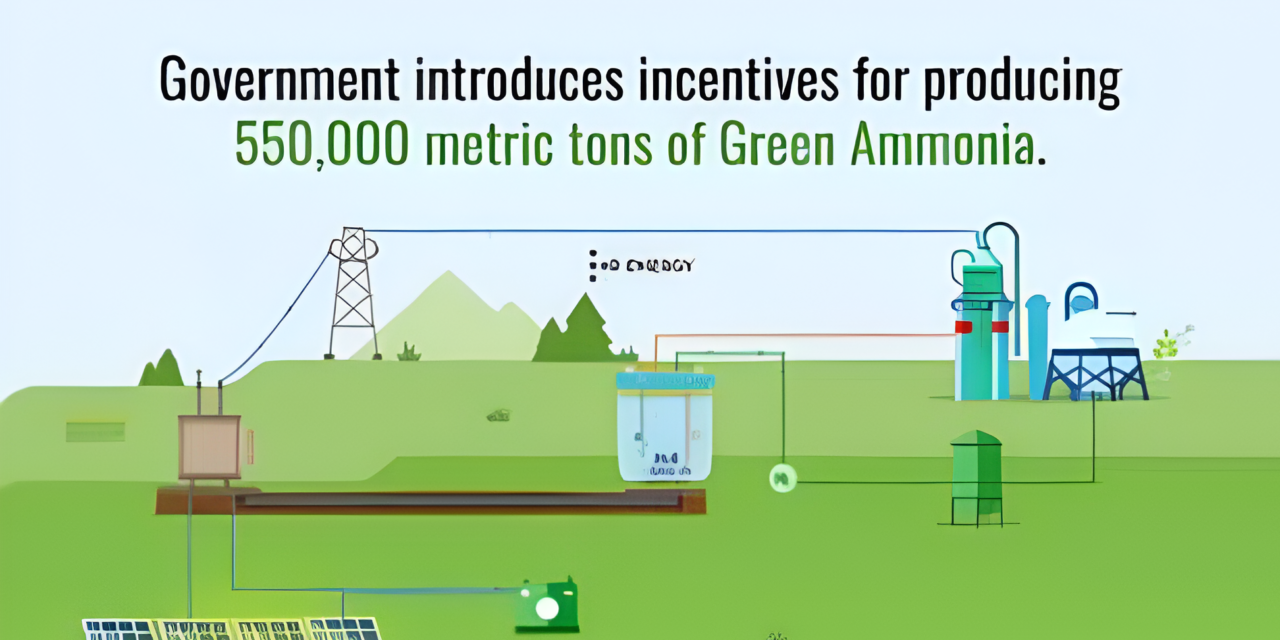Governments worldwide are implementing various incentives to promote green chemical production, aiming to reduce environmental impact and foster sustainable industry practices. Key initiatives include:
1. Tax Credits and Financial Incentives
In the United States, the Inflation Reduction Act (IRA) of 2022 introduced significant tax credits to support clean energy manufacturing. The Qualifying Advanced Energy Project Tax Credit (48C) allocates $4 billion to over 100 projects across 35 states, encouraging the adoption of clean technologies in industrial facilities, including chemical manufacturing.
Additionally, the IRA extends and enhances tax credits for clean hydrogen and fuel cell technologies, aiming to stimulate the production and use of hydrogen in various sectors, including chemical manufacturing.
2. Greenhouse Gas Reduction Fund
The U.S. Environmental Protection Agency (EPA) has allocated $27 billion in grants under the Greenhouse Gas Reduction Fund to accelerate clean energy solutions. These funds support projects that reduce greenhouse gas emissions, including those in the chemical sector, by promoting the adoption of sustainable practices and technologies.
3. Clean Hydrogen Incentives
Australia has introduced the Hydrogen Production Tax Incentive, offering $2 per kilogram for renewable hydrogen produced, effective up to 2030. This subsidy aims to make green hydrogen more economically viable for industries, including chemical manufacturing, by offsetting production costs.
4. State-Level Initiatives
California’s Green Chemistry Initiative encourages the development and adoption of safer chemicals and processes. The initiative includes financial incentives for companies that innovate in green chemistry, promoting environmentally friendly practices in chemical production.
5. International Support
Germany is fostering a market for climate-friendly products, including those from the chemical industry, as part of its goal to achieve carbon neutrality by 2045. The initiative includes subsidies for energy-intensive companies transitioning to green production and aims to create demand for low-carbon goods through labeling systems and public procurement quotas.
These incentives are designed to reduce the financial burden on companies transitioning to sustainable practices, stimulate innovation in green technologies, and accelerate the global shift toward environmentally responsible chemical production.

















